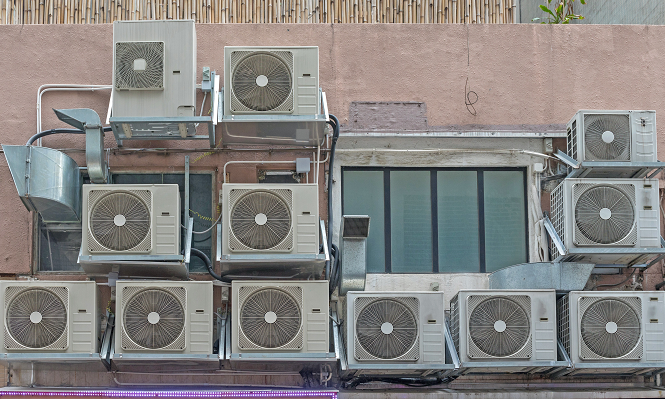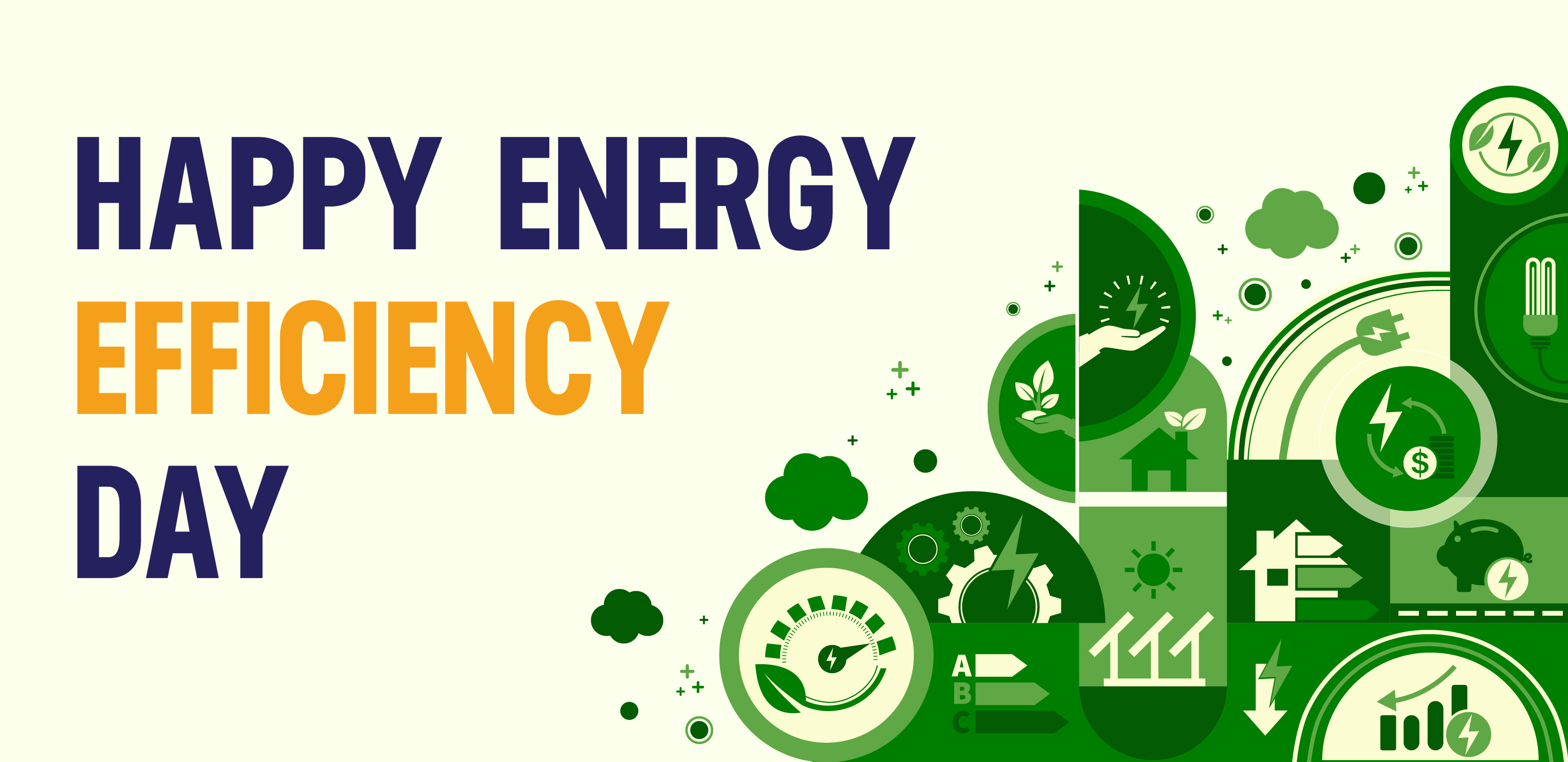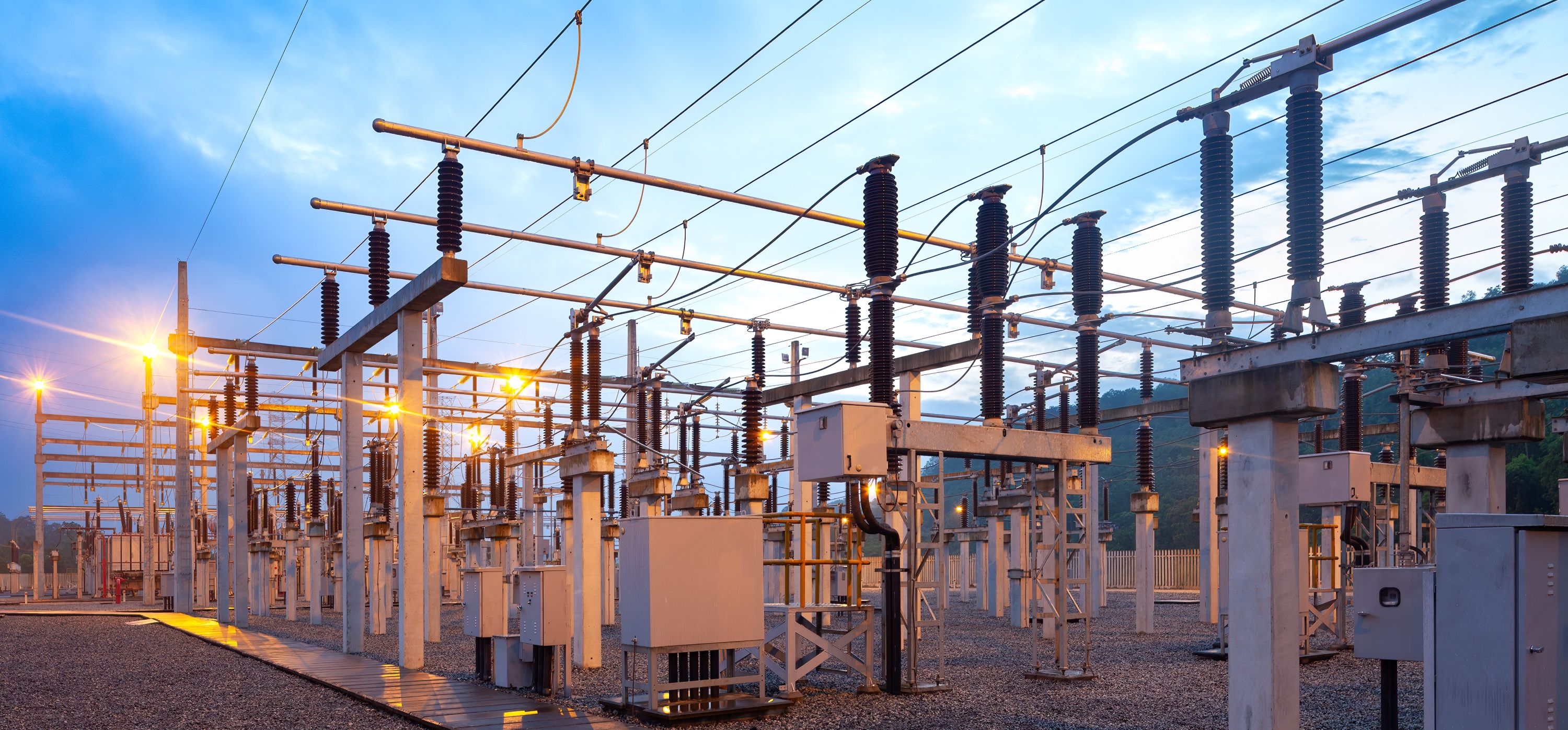Up to Four Times as Many Air Conditioners are Expected by 2050. We Need an Efficiency Breakthrough.
Let's Save Energy
Alliance to Save Energy's Blog

By Caroline Winslow, Associate, Rocky Mountain Institute
Our world faces a serious cooling dilemma – how to provide cooling for all, without warming the planet.
Soaring temperatures globally, coupled with urbanization, population growth, and rising incomes are driving an unprecedented increase in demand for comfort cooling. Over the next three decades, three new residential/ room air conditioners (RACs) will be purchased every second around the world, taking us from 1.2 billion units in operation today to 4.5 billion by 2050.
Increased access to comfort cooling can have a range of benefits including improving the health, wellbeing, and productivity of people living in heat-stressed regions around the globe. Comfort cooling is no longer a luxury and its demand will only continue to increase as over half of the world’s population will live in hot climates with increasing exposure to potentially dangerous heat conditions by 2030.
While providing immense social and health benefits, air conditioning is exacerbating the climate crisis. Large scale adoption of entry-level inefficient RACs is contributing to both direct and indirect emissions due to the high global warming potential of the refrigerants used and grid-supplied electricity consumed by these units. If left unchecked, inefficient RACs could contribute to an additional 132 gigatons of CO2-equivilant emissions by 2050, which could lead to over 0.5° C of warming by the end of the century.
Isn’t it ironic? The very appliances that keep us cool are further warming our planet. We need a solution. One that delivers cooling, without increased warming – because both people and our planet depend on it.
A Need for Increased Efficiency
The first air conditioner was developed in 1902. Most of the units today still use the same 100-year-old vapor compression technology. Over the years, the industry has made steady progress on efficiency improvements, as units now use about half the energy they did in 1990. But there is still a long way to go. Solar photovoltaic panels and LED lighting over the years have achieved 67% and 89% of the theoretical maximum efficiency, respectively, whereas the best in class RACs have only achieved approximately 14% of the theoretical maximum efficiency.
Much of this lag in innovation, research, and development is due to a market failure – consumer demand for lowest first cost appliances has directed the industry’s focus and resulted in a highly consolidated industry with largely homogenous products. We are at an important juncture where we must address this cooling conundrum.
Global Cooling Prize: Identifying a Breakthrough Cooling Technology
Market stimulation and technology innovation can solve the global cooling dilemma, and that is what the Global Cooling Prize has set out to do. Initiated by Rocky Mountain Institute (RMI); Department of Science and Technology, Government of India; and Mission Innovation, and administered by RMI, Conservation X Labs, Alliance for an Energy Efficient Economy, and CEPT University – the Global Cooling Prize has called upon innovators and entrepreneurs from around the world to develop a super-efficient, climate-friendly, and affordable cooling solution.
The Prize aims to spur the development of a residential cooling technology that has at least five times less climate impact at no more than two times the cost of today’s commonly sold units in the market. The cooling solutions must also operate within a variety of predefined limitations on refrigerants, water, full-load power consumption, emissions, volumetric size, materials, and operational requirements.
The Prize has set out to disrupt the current residential cooling market, catalyze technological improvements, and democratize innovation by means of a competition. This has motivated and attracted participants from around the world. Following the launch in November 2018, 139 teams comprised of innovators, start-ups, research institutes, universities, and key AC industry manufacturers from 31 countries around the world submitted Detailed Technical Applications.
Up to 10 of the most promising cooling innovations will be selected as Finalists and move onto the prototype development and testing phase, receiving a $200,000 award to support this process. These Finalist teams will be announced on Friday at the Finalist Award Ceremony in New Delhi, India. Following rigorous laboratory and real-world testing of the Finalists’ technology prototypes from May to September 2020, one technology will be chosen as the Grand Winner of the Prize and awarded at least $1 million.
In developing an innovation-led pathway for radically improving the efficiency of the commonly sold RACs, the Global Cooling Prize will act as catalyst for change – providing communities around the world much-needed access to comfort cooling, while minimizing the warming of the planet.
To learn more about the Global Cooling Prize, visit globalcoolingprize.org.
STAY EMPOWERED
Help the Alliance advocate for policies to use energy more efficiently – supporting job creation, reduced emissions, and lower costs. Contact your member of Congress.
Energy efficiency is smart, nonpartisan, and practical. So are we. Our strength comes from an unparalleled group of Alliance Associates working collaboratively under the Alliance umbrella to pave the way for energy efficiency gains.
The power of efficiency is in your hands. Supporting the Alliance means supporting a vision for using energy more productively to achieve economic growth, a cleaner environment, and greater energy security, affordability, and reliability.



